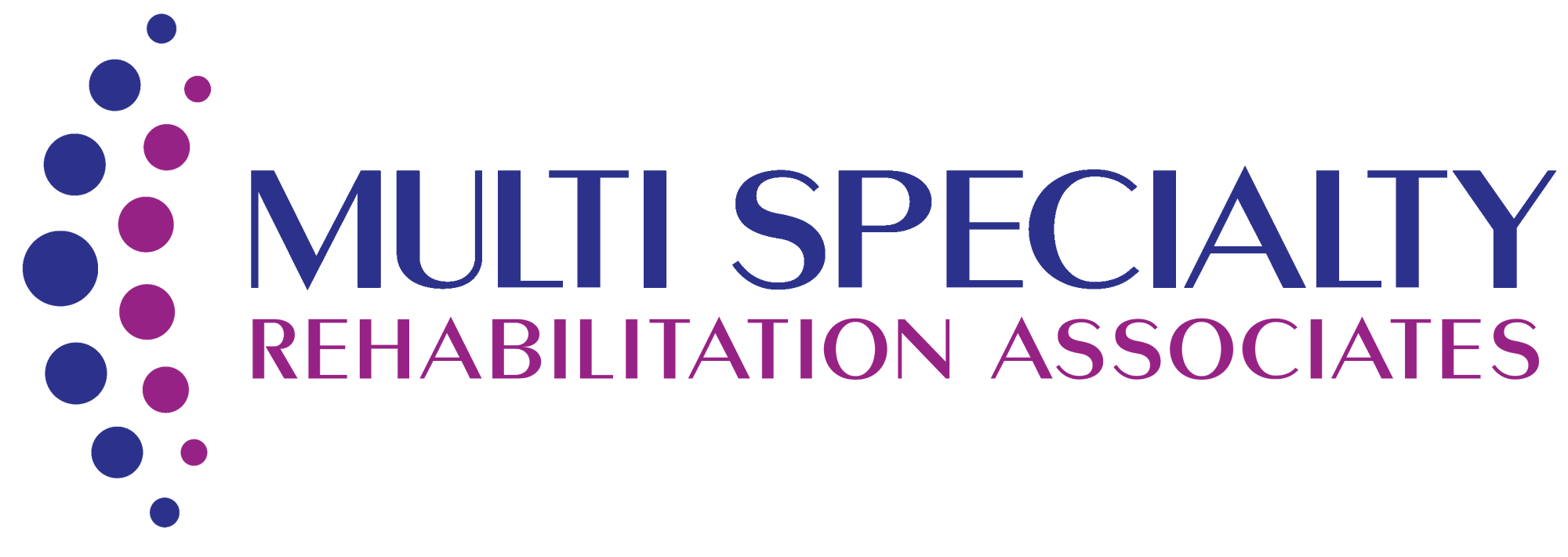(FAQ) About Neurology
What is neurology?
What conditions do neurologists treat?
Neurologists treat many conditions, including:
- Headaches (e.g., migraines, cluster headaches)
- Seizure disorders (e.g., epilepsy)
- Stroke
- Neurodegenerative diseases (e.g., Alzheimer’s, Parkinson’s disease, ALS)
- Multiple sclerosis (MS)
- Neuropathies (nerve damage, such as peripheral neuropathy)
- Sleep disorders (e.g., sleep apnea, narcolepsy)
- Brain and spinal cord injuries
- Movement disorders (e.g., dystonia, tremors)
- Infections of the nervous system (e.g., meningitis, encephalitis)
When should I see a neurologist?
You should consider seeing a neurologist if you experience:
- Frequent, severe headaches or migraines
- Memory problems, confusion, or difficulty concentrating
- Seizures or sudden loss of consciousness
- Weakness, numbness, or tingling in the arms, legs, or face
- Unexplained dizziness or balance issues
- Chronic pain that doesn’t improve with treatment
- Movement problems like tremors or difficulty walking
- Sudden vision problems or speech difficulties
How do neurologists diagnose neurological conditions?
Neurologists use several tools and techniques to diagnose neurological disorders, including:
- Neurological exam: Evaluates motor and sensory function, balance, reflexes, and coordination.
- Imaging tests: Such as MRI, CT scans, and PET scans to visualize the brain, spine, and nervous system.
- Electroencephalogram (EEG): Measures electrical activity in the brain to diagnose seizure disorders.
- Electromyography (EMG) and nerve conduction studies: Assess muscle and nerve function.
- Blood tests: To check for infections, autoimmune disorders, or metabolic conditions affecting the nervous system.
- Lumbar puncture (spinal tap): Collects cerebrospinal fluid to diagnose infections or bleeding in the brain.
What is the difference between a neurologist and a neurosurgeon?
How are headaches and migraines treated?
Treatments vary depending on the severity and type of headache or migraine. Common approaches include:
- Medications: Pain relievers, triptans, or preventive medications to reduce migraine frequency.
- Lifestyle changes: Managing stress, improving sleep habits, and avoiding known triggers (e.g., certain foods, bright lights).
- Physical therapy: For tension-related headaches.
- Botox injections: For chronic migraines.
What is a stroke, and how is it treated?
A stroke occurs when blood flow to part of the brain is blocked or reduced, causing brain cells to die. Strokes are medical emergencies and require immediate treatment to minimize brain damage. Treatments include:
- Clot-busting medications for ischemic strokes (the most common type).
- Surgery or procedures to remove blood clots or repair damaged blood vessels.
- Rehabilitation (physical, occupational, and speech therapy) to recover lost functions after a stroke.
What is epilepsy?
What are the early signs of Parkinson’s disease?
Early signs of Parkinson’s disease may include:
- Tremors or shaking, usually starting in one hand
- Slowed movement (bradykinesia)
- Stiffness or rigidity in muscles
- Difficulty with balance and coordination
- Changes in handwriting or speech Parkinson’s is a progressive neurodegenerative disease, and early diagnosis can help manage symptoms more effectively.
What is multiple sclerosis (MS)?
Multiple sclerosis (MS) is an autoimmune disease where the immune system attacks the protective covering of nerves (myelin) in the central nervous system. This disrupts the flow of information between the brain and the body, leading to symptoms like:
- Fatigue
- Muscle weakness or spasms
- Vision problems
- Difficulty walking or maintaining balance
- Numbness or tingling Treatment focuses on managing symptoms and slowing the progression of the disease with medications and therapy.
What is Alzheimer’s disease, and how is it treated?
How is nerve pain (neuropathy) treated?
Neuropathy, or nerve pain, can result from diabetes, infections, injuries, or other conditions. Treatments may include:
- Medications: Pain relievers, anti-seizure drugs, and antidepressants.
- Physical therapy: To improve strength and reduce pain.
- Lifestyle changes: Managing underlying conditions (e.g., controlling blood sugar for diabetic neuropathy).
- Nerve blocks or injections: To alleviate pain.
What is ALS (Amyotrophic Lateral Sclerosis)?
Can neurological conditions be prevented?
While not all neurological conditions can be prevented, you can reduce the risk by:
- Maintaining a healthy lifestyle: Regular exercise, a balanced diet, and avoiding smoking.
- Managing chronic conditions: Such as high blood pressure, diabetes, and high cholesterol to reduce the risk of stroke and other neurological issues.
- Wearing protective gear: Helmets and seat belts to prevent head and spinal injuries.
- Staying mentally active: Engaging in cognitive activities to keep your brain healthy as you age.

